On the first Sunday of August, Catoria is flooded with ‘blood-thirsty’ men and women from all across Europe.
Dressed in animal skins and armed with the finest plastic weaponry, they disembark on the rugged Galician coast with the aim of capturing the Towers of the West, just as Norway’s King Olaf II did a millennium ago.
The ‘blood’ spilt during the simulated battles does taste distinctly like red wine, but the visual effect it has when poured all over the fighters’ bodies is just as gruesome.
SEE ALSO: Spain's ten craziest festivals
Catoira’s residents have proudly seen their local festival come on leaps and bounds since its first edition in 1960.
Declared a Festival of International Interest, it also includes musical acts by folk groups and a medieval market in the 11th century towers.
The occasion the Romeria de Catoira marks was recounted by local and foreign historians, as was the interest Vikings had in ruling over all of Galicia, Spain’s most westerly region, as they did with Normandy in France.
King Olaf II Haraldsson, first a Viking and finally made a saint when he converted to Christianity, called Galicia Jakobsland (Land of James).


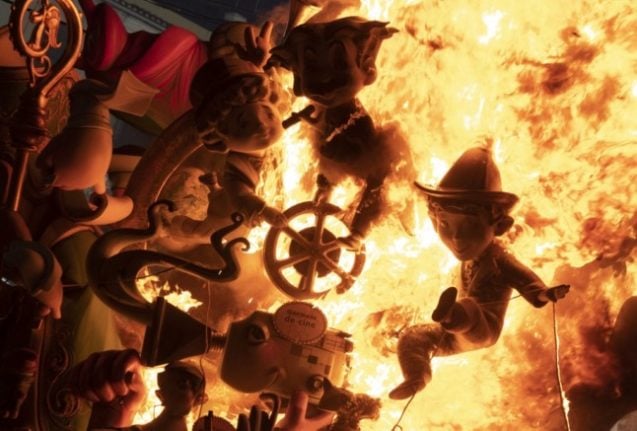
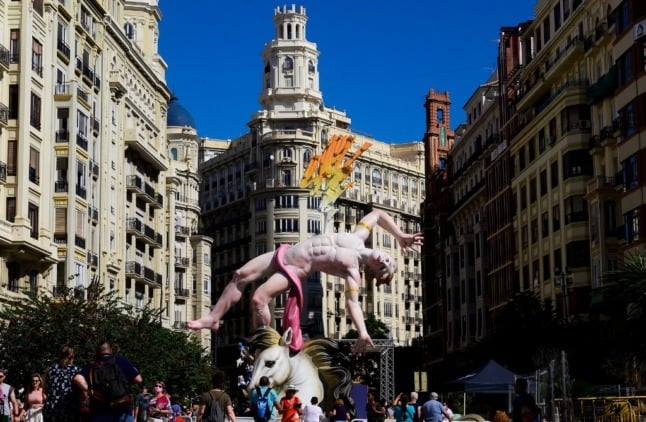
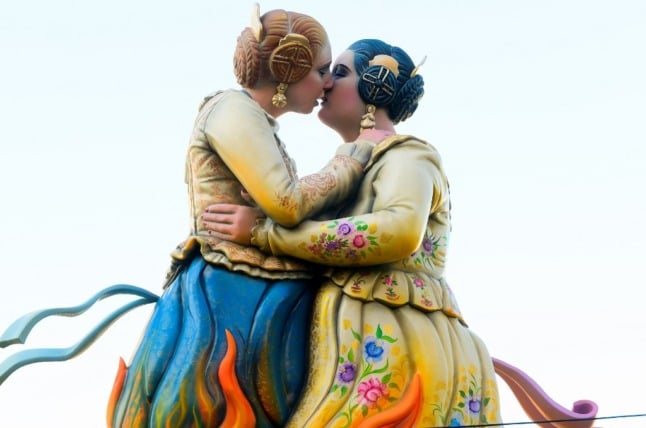
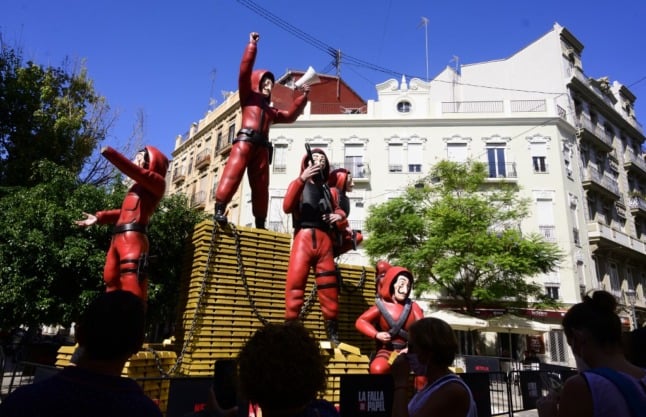
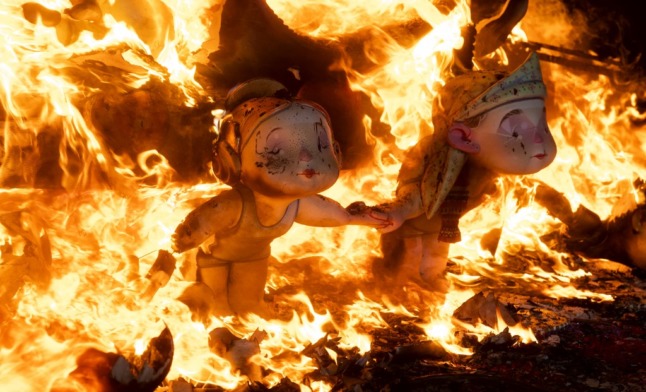
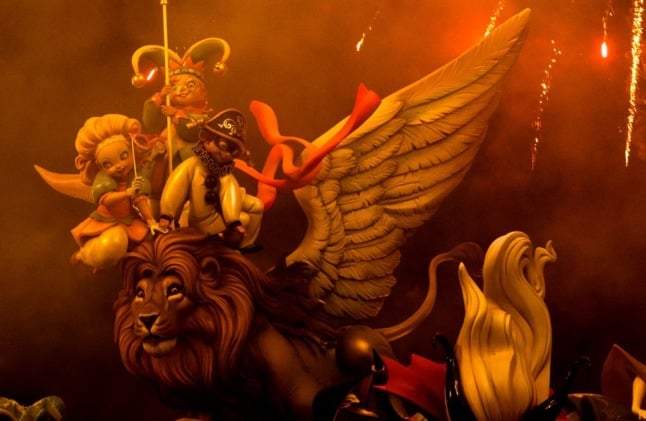
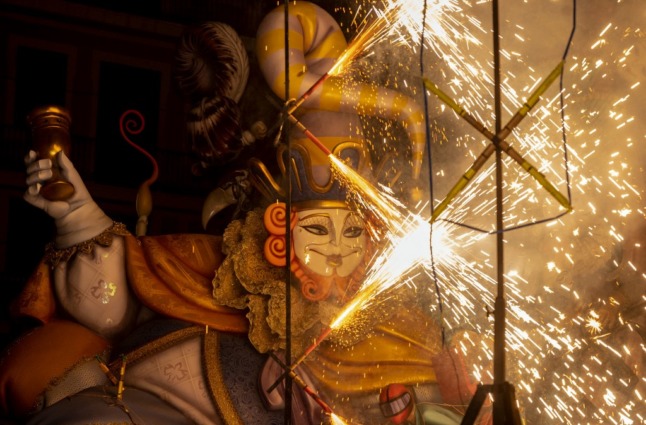
 Please whitelist us to continue reading.
Please whitelist us to continue reading.
Member comments